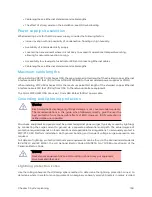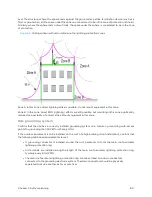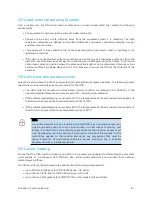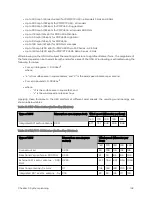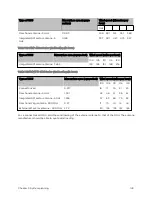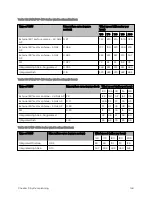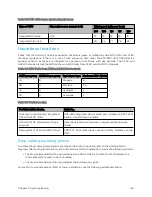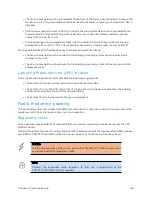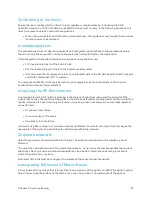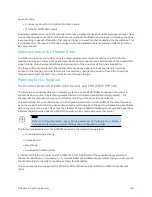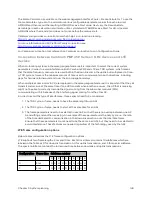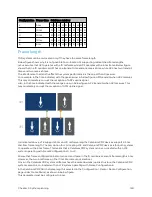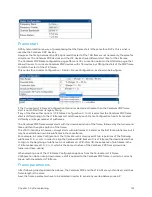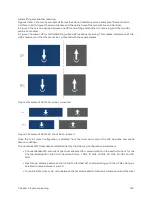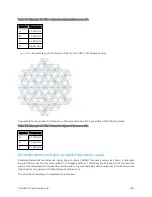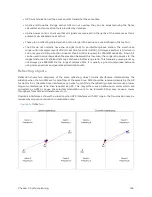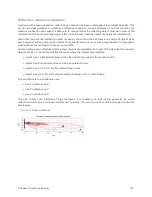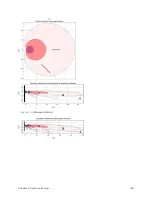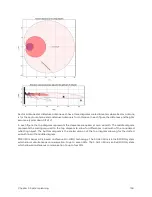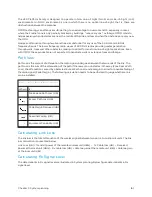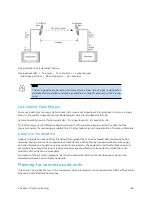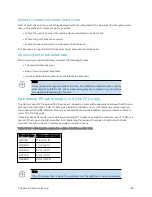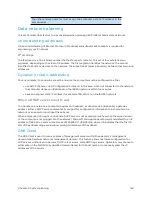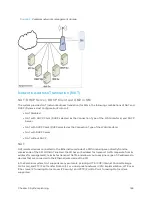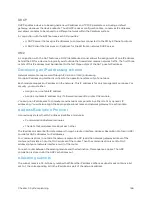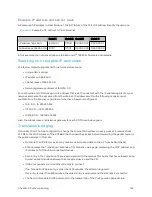
Chapter 3: System planning
152
transmitting and another receiving.
Figures X and Y shows one example of frames that do not interfere and one example of frames that do
interfere. In both Figures the downlink time and the uplink time of the two APs are not identical.
In Figure X there is no overlap between one AP transmitting and another AP receiving, and the two APs
can be co-located.
In Figure Y however, AP1 is still transmitting when AP2 is already receiving. This creates interference at the
AP2’s receiver and the APs cannot be co-located with these parameters.
Figure X Example of APs that can be co-located
Figure Y Example of APs that cannot be co-located
Once the LTE Frame Configuration is selected from the drop-down menu, the LTE downlink and uplink
times are defined.
The Cambium PMP frame times are determined by the following configuration parameters:
l
Channel Bandwidth: amount of spectrum allocated for communication in the sector Options for the
Channel Bandwidth in the 3 GHz band are 5 MHz, 7 MHz, 10 MHz, 15 MHz, 20 MHz, 30 MHz and 40
MHz.
l
Max Range: distance between the AP and the farthest SM communicating with the AP Max Range is
selected in miles, between 1 and 40.
l
Downlink Data: duty cycle, ratio between the time dedicated to downlink transmission and the total
Содержание PMP 450 Series
Страница 92: ...Chapter 2 System hardware 92 Figure 29 MicroPoP Omni antenna implementation pattern Vertical...
Страница 134: ...Chapter 3 System planning 134 Figure 51 Mast or tower installation...
Страница 135: ...Chapter 3 System planning 135 Figure 52 Wall installation...
Страница 136: ...Chapter 3 System planning 136 Figure 53 Roof installation...
Страница 137: ...Chapter 3 System planning 137 Figure 54 GPS receiver wall installation...
Страница 158: ...Chapter 3 System planning 158 Figure 61 cnMedusa Antenna...
Страница 258: ...Chapter 5 Installation 258 Figure 123 Yagi antenna alignment horizontally Figure 124 Yagi antenna alignment upward tilt...


